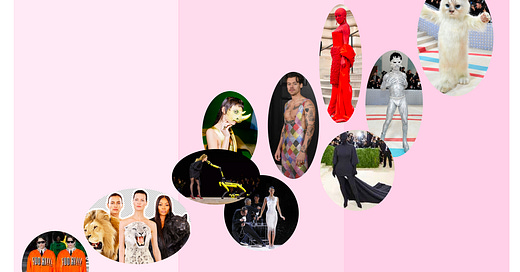Atelier Jolie, Coperni robots, and competing fashion growth scenarios
How massification is pushing luxury fashion towards craftsmanship and memes
Welcome to the Sociology of Business. For those new here, in my last analysis, Kulturindustrie, I wrote about the four major types of the current cultural output. Subscribe below, find my book The Business of Aspiration on Amazon and find me on Instagram and Twitter.
Earlier this month, Angelina Jolie …
Keep reading with a 7-day free trial
Subscribe to The Sociology of Business to keep reading this post and get 7 days of free access to the full post archives.




